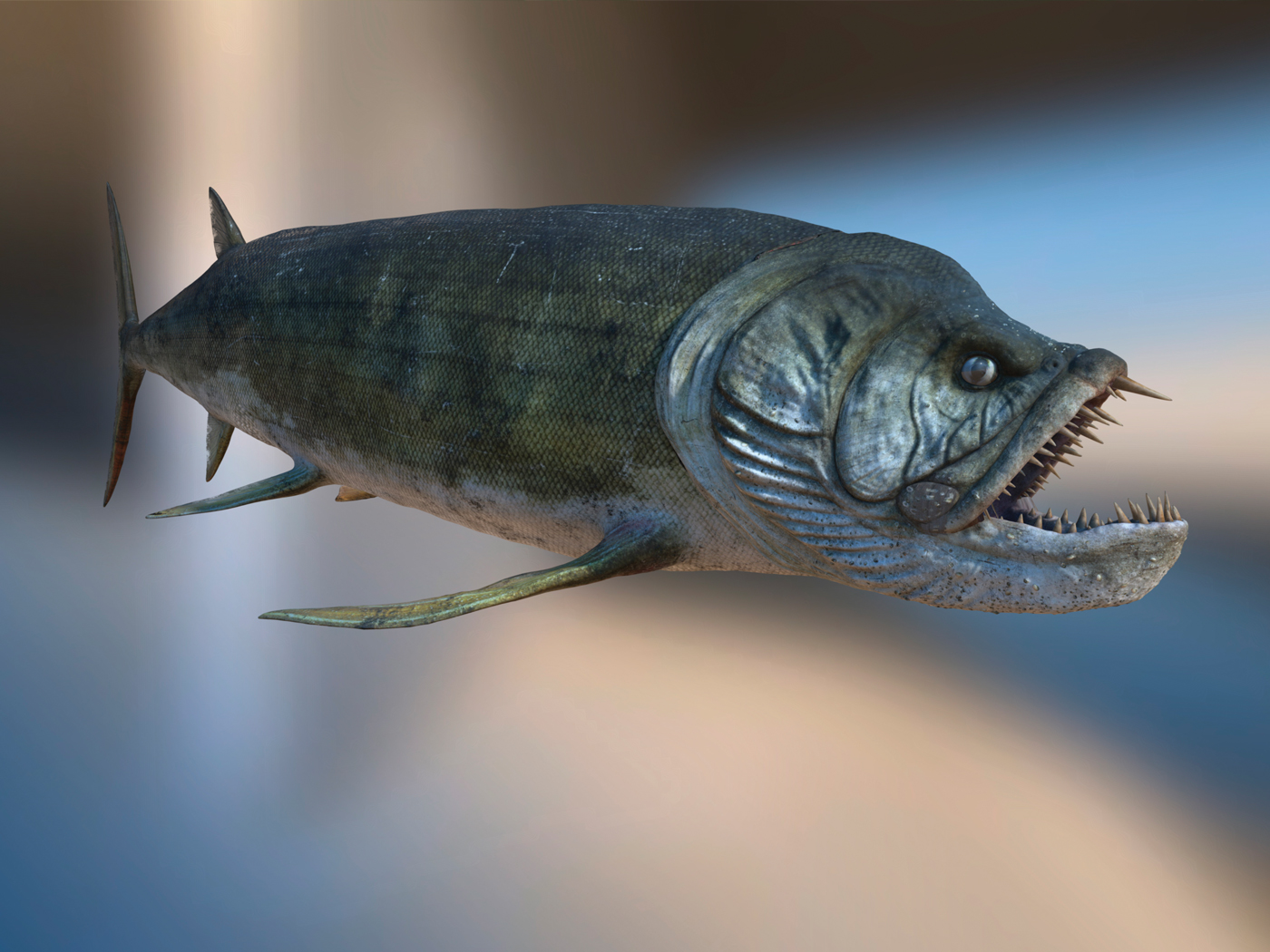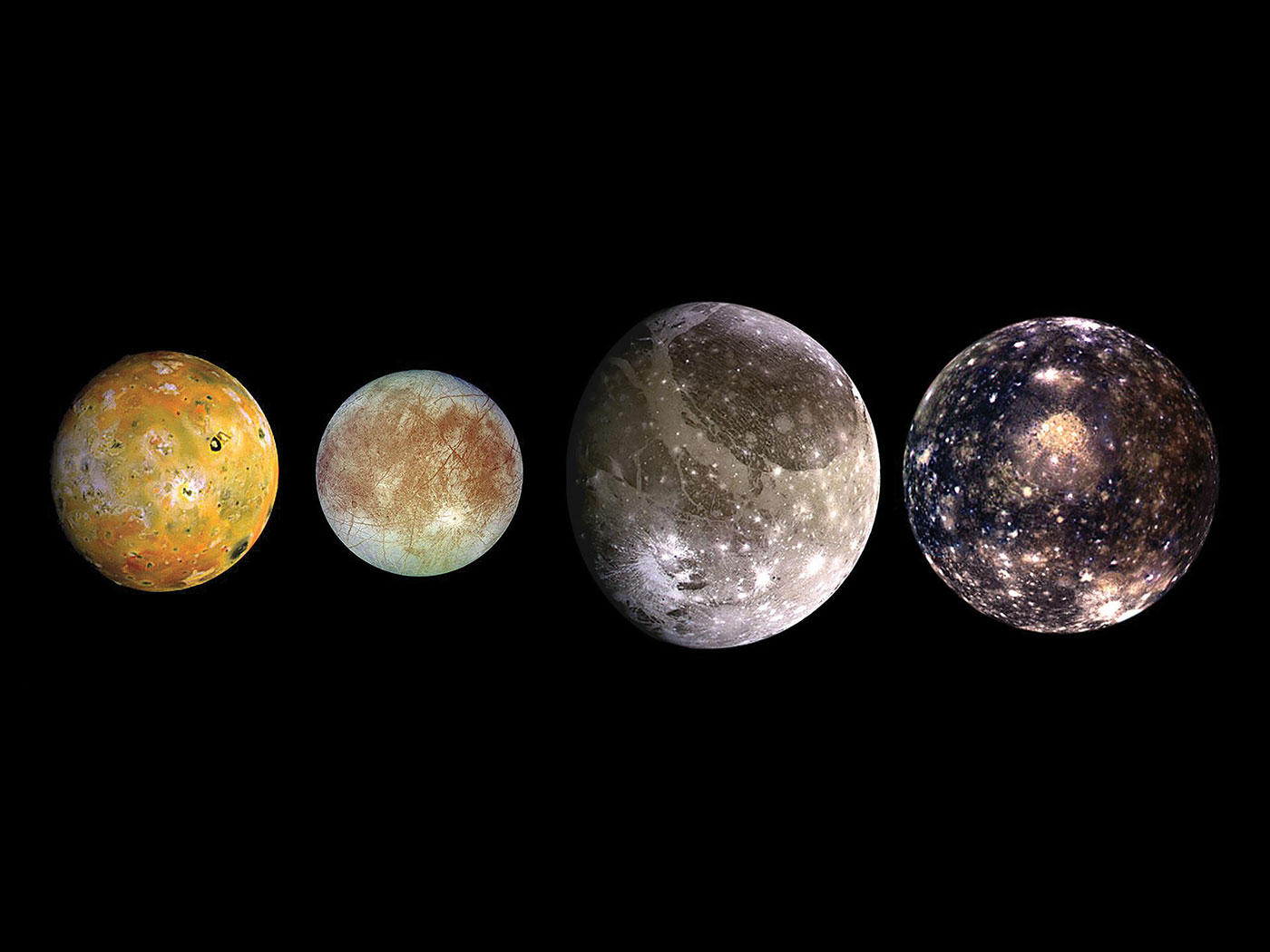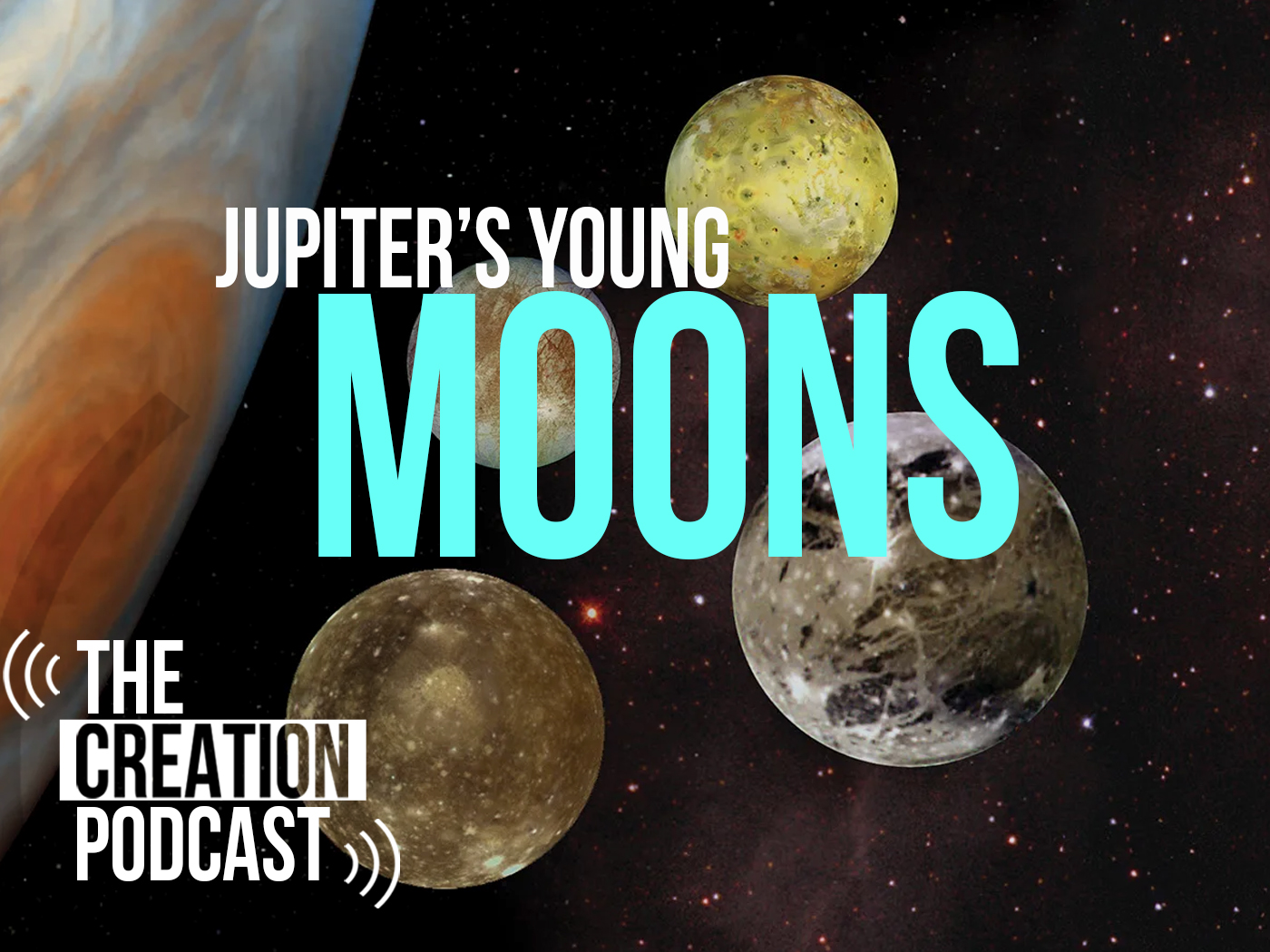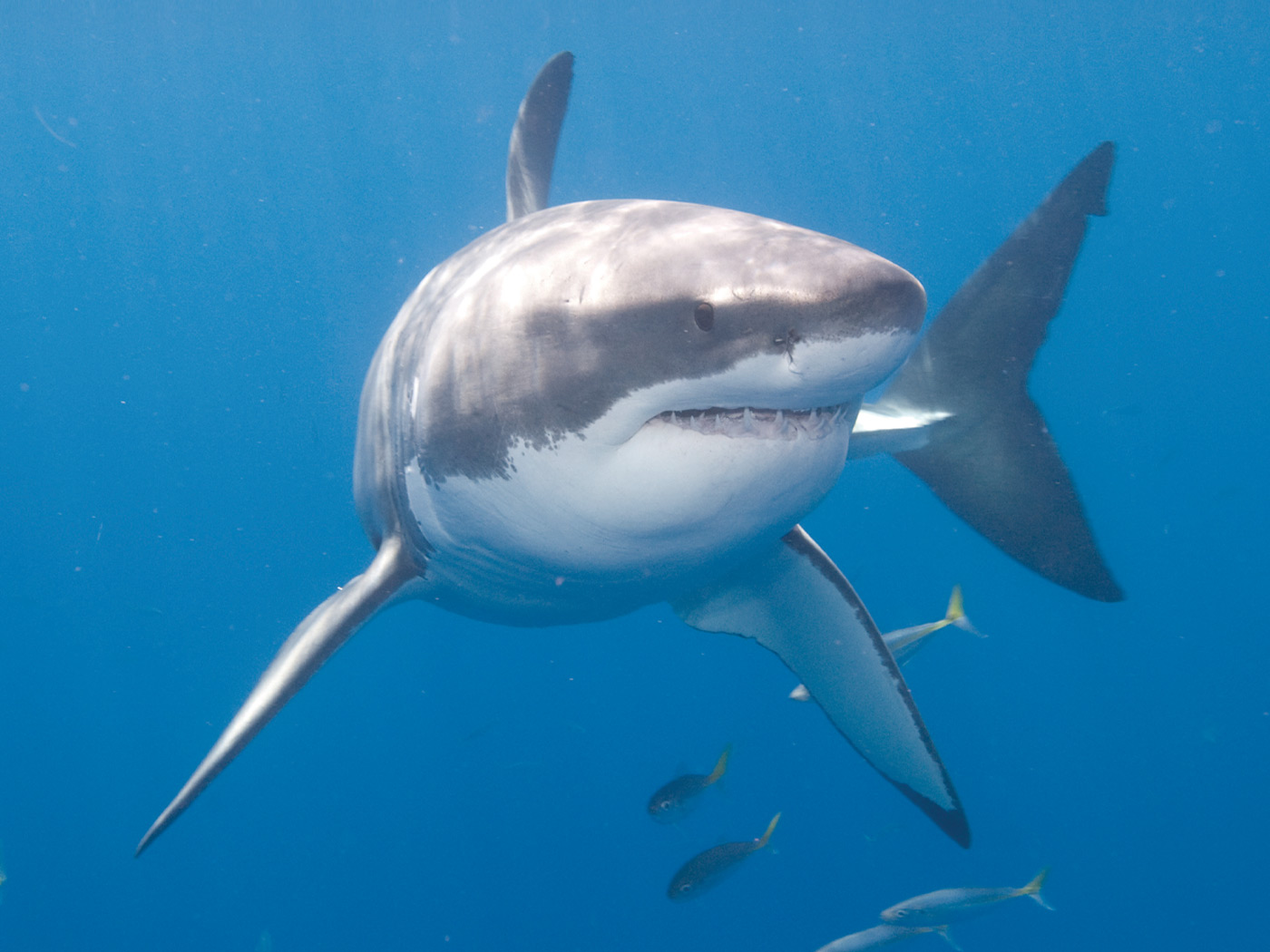The nine solar system planets, from Mercury to Pluto, have been much-studied targets of the space age. In general, a planet is any massive object which orbits a star, in our case, the Sun. Some have questioned the status of Pluto, mainly because of its small size, but it remains a full-fledged planet. There is little evidence for additional solar planets beyond Pluto. Instead, attention has turned to extrasolar planets which may circle other stars. Intense competition has arisen among astronomers to detect such objects. Success insures media attention, journal publication, and continued research funding.
The Interest in Planets
Just one word explains the intense interest in new planets—life. Many scientists are convinced that we are not alone in space. Since life evolved on Earth, it must likewise have happened elsewhere, either on planets or their moons. The naïve assumption is that life will arise if we "just add water":
Earth-like planet + water —> spontaneous life
This equation is falsified by over a century of biological research showing the deep complexity of life. Scarcely is there a fact more certain than that matter does not spring into life on its own.
Drake Equation
Astronomer Frank Drake pioneered the Search for ExtraTerrestrial Intelligence project, or SETI, in the 1960s. He also attempted to calculate the total number of planets with life. The Drake Equation in simplified form is:
Total livable Planets X Probabil
Estimates are often given for the quantities on the left. The number of livable planets ranges between one (Earth) and billions in the Milky Way galaxy alone. The second probability term is often assumed to lie between 0.9 and 1. However, both the Bible and the physical evidence give zero for this term, as far as any real evidence goes. Therefore, the total number of livable planets is not relevant; the number of planets with evolved life remains zero regardless.
Some Embarrassments
Several bold statements about new planets have later been retracted. For many years astronomy texts taught that Barnard's star harbored a planet. This unseen neighbor of Barnard is now thought to be a small companion star, not a planet after all. Such double or binary star pairs are very common in space. In 1991, British astronomer Andrew Lyne thought his data indicated a planet circling a pulsar. Soon after making headlines in the astronomy world, Lyne realized that the data resulted only from motions of the Earth itself around the Sun, not from a distant planet (Lyne et al., 1992).
In 1998, Hubble Telescope astronomers dramatically released the first photograph of an extrasolar planet. One year later, the conclusion is that this photo does not show a planet at all, but instead a normal star (Cowen, 1999).
The Challenge
With current technology, we cannot actually see extrasolar planets. Their reflected light would be a billion times less than the parent star. Instead, astronomers search for stars with a slight, periodic wobble motion which could be caused by a nearby planet's gravity tug. This wobble occurs as a star and planet orbit about their joint center of gravity, and the star's motion mirrors in miniature the planet's orbit (figure 1). In most cases, this star wobble is too small to notice. However, the star's motion may be revealed by a slight Doppler shift of its light as the star moves toward or away from the observer. This measurement determines the planet's orbit period, the planet-star distance, and a minimum mass or size for the planet. Many observatories are actively analyzing stellar spectra for planet evidence, including the Hubble and Hawaii's Keck Telescopes.
 |
| Figure 1 A star (large dot) and planet (small dot) both move around their center of gravity or balance point (+). |
The Results
During the 1990s about 20 new planet candidates have been reported. Unexpectedly, the initial examples were found to orbit pulsars (Cowen, 1994). Pulsars, also called neutron stars, have a violent history with little perceived chance of planet formation. If real, such planets would be extremely hostile worlds.
Of far more interest are planets circling sun-like stars. The first example was reported by Swiss astronomers in 1995, an object orbiting the star 51 Pegasi, 40 light years outward from Earth (Mayor et al., 1995). Surprisingly, the data give an orbit period of only 4.2 days. This places the new planet 20 times closer to its host star than the Earth-Sun pair. The planet is also gaseous and quite massive, at least half that of the gas giant Jupiter and probably greater. Standard solar nebula theory states that such massive planets should only form far out from their parent star. Formation material is lacking close to stars and temperatures are too high. Therefore, the new massive planet is in the wrong place!
Table 1 summarizes 12 planet discoveries, placed in three categories (Spradley, 1999). Each planet type raises serious problems with the search for life. First, the hot Jupiter planets exist very close to their stars. They would certainly have surface temperatures greater than 1000°C, too scorching for life. Second, the eccentric Jupiter planets first move close to the star, then farther outward. Their temperatures must vary widely. Third are the Jupiter-like planets which inhabit the star's "livable" zone. Their large gravitational pull eventually would destroy any Earth-like planets in the same vicinity.
| Extrasolar Sun-like Planets | ||
| Star | Orbit radius (au) of Planet | Mass of Planet (J) |
| Jupiters (for comparison) | ||
| Sun | 5.2 | 1 (Jupiter itself) |
| Hot Jupiters | ||
| 51 Pegasi | .05 | .46 |
| Tau Bootis | .05 | 3.9 |
| Upsilon Andromedae | .06 | .68 |
| 55 Concri | ||
| first | .11 | .84 |
| second | 5.0 | 5.0 |
| Rho Corona Borealis | .23 | 1.1 |
| Eccentric Jupiters | ||
| HD 114762 | .22-.46 | 9.0 |
| 70 Virgins | .27-.59 | 6.5 |
| 16 Cygni B | .6-2.8 | 1.5 |
| Jupiter-Like | ||
| 47 Ursae Majoris | 2.1 | 2.3 |
| Lalande 21185 | ||
| first | 2.2 | .9 |
| second | 11.0 | 1.1 |
| Table 1 A summary of 12 new planets. Orbit radius size is in terms of the Earth-Sun distance, an astronomical unit (au), 93 million miles. Minimum planet mass is in terms of Jupiter's mass (J), 6.4 x 1032 kg. | ||
Wishful thinking has led to predictions of water on some new planets (Cowen, 1996). In truth, there is no information on their composition. All are massive, gaseous, and probably poisonous. The planet Jupiter itself gives a glimpse of the probable nature of other massive planets. Jupiter is gaseous, consisting largely of hydrogen, helium, ammonia, and methane. Outer portions of Jupiter experience high winds, electrical discharges, and lethal belts of radiation. Gas giants are not hospitable to any kind of life. Optimistic astronomers now propose that life may exist on yet-undiscovered moons of unseen planets.
Some critics have challenged the existence of new planets (Cowen, 1997). The changing stellar light signals could also result from star pulsations, sunspot-like blemishes, or double-star systems. Alternatively, the stellar companions also may be brown dwarf stars instead of planets. Brown dwarfs (actually reddish in color) are weak stars with masses between that of Jupiter and the Sun.
Future Predictions
Many more planetary objects outside the solar system no doubt will be found in coming years. With improved resolution, the detection of Earth-sized objects will surely increase the hype about possible life in space. However, close inspection of these objects will show the truth of Isaiah 45:18:
God Himself that formed the earth and made it;
He hath established it, He created it not in vain,
He formed it to be inhabited.
The Earth is uniquely created for life. Other planets may exist in space, but, there is no place like home.
References
1 Cowen, R. 1994. "New Evidence for Planets Orbiting a Pulsar." Science News 145 (10):151.
2 Cowen, R. 1995. "Extrasolar Planets Emerge from the Dark." Science News 148 (22): 358.
3 Cowen, R. 1996. "Two Extrasolar Planets May Hold Water." Science News 149 (4): 52.
4 Cowen, R. 1997. 51 "Pegasi: A Star Without a Planet?" Science News 151 (9): 133.
5 Cowen, R. 1999. "Image of a Planet: Too Hot to be True?" Science News 155 (26): 404.
6 Lyne, A.G. and M. Bailes. 1992. "No Planet Orbiting PSR1829-10" Nature 355 (6357): 213.
7 Mayor, M. and D. Queloz. 1995. "A Jupiter-Mass Companion to a Solar-Type Star." Nature 378: 355.
8 Spradley, Joseph 1999. "Extrasolar Planets and Religious Responses." Perspectives on Science and Christian Faith 51(1): 34-38.
* Don DeYoung, Ph.D., is an Adjunct Professor of Physics at ICR. He is also president of the Creation Research Society.


















